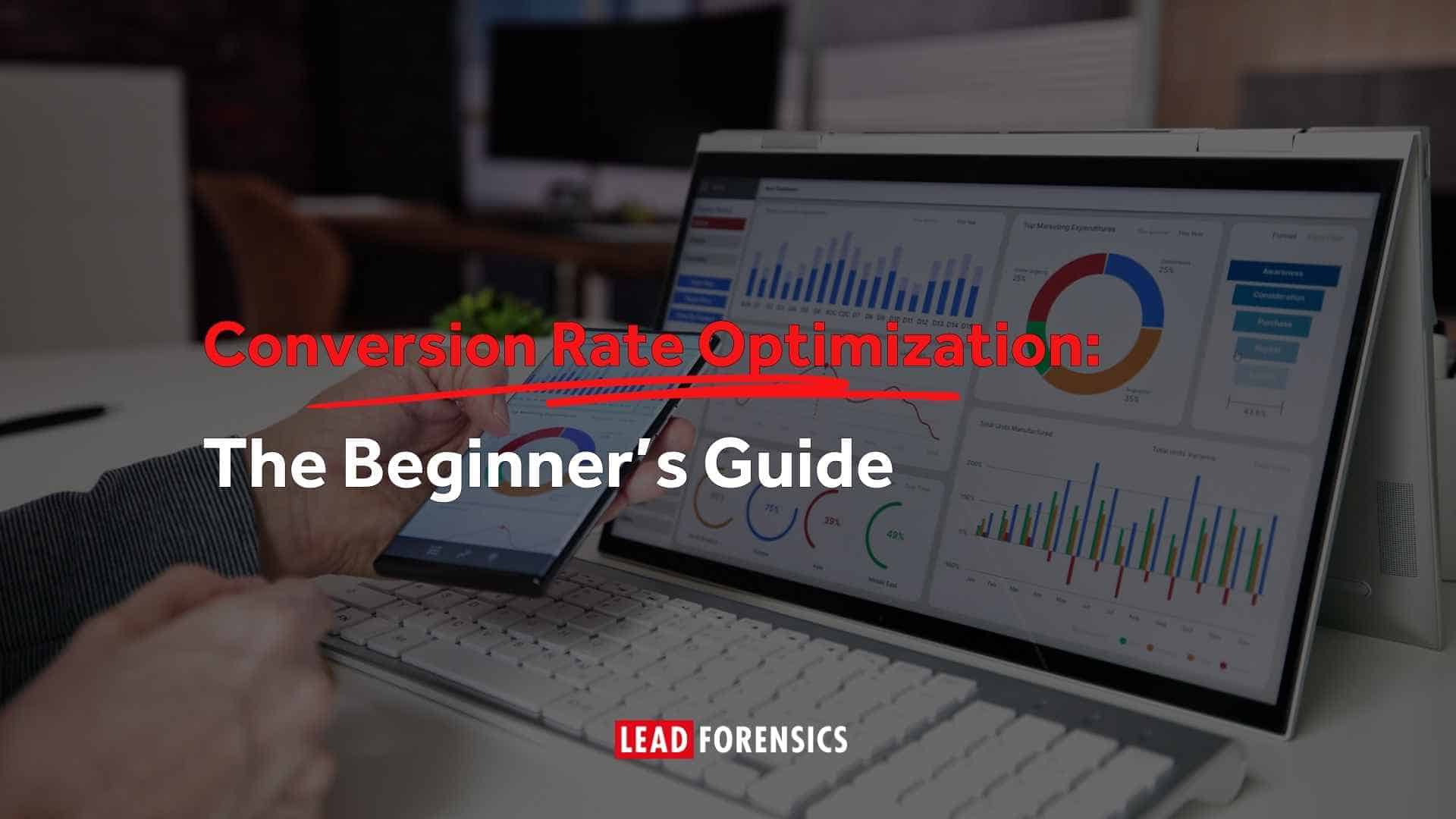Find out why a strategic follow-up is crucial and get actionable tips on how you can transform warm conversations into valuable customer relationships.
Why Is It So Important to Follow-up After a Warm Call?
You’ve done the hard part; you used your warm call opener and followed our warm calling framework to get someone’s attention. Now, let’s make sure that attention doesn’t go to waste!
Following-up a warm call is important for nurturing potential leads and converting them into valuable customers. Unlike cold calls, warm calls target individuals who have already shown some interest in your product or service, making them more receptive to further engagement. A prompt follow-up builds on their initial interest, clearly showing you’re attentive and professional.
Consistent and thoughtful follow-ups also allow you to build rapport and trust, and give you a chance to address any questions or concerns your prospect could have. It keeps your business in their mind, especially when potential customers often have multiple options. And when you provide additional information or personalized solutions during the follow-up, you can guide them through the sales funnel, which can boost your sales success and create long-term customer relationships.
7 Effective Ways to Follow-Up After a Warm Call
To effectively capitalize on the momentum you’ve built from your warm call, there are numerous strategic approaches you can take to follow up after a warm sales call and move towards a successful outcome.
1. End of Call Email: Set Expectations and Confirm Next Steps
Before ending your initial warm call, clearly outline the agreed-upon next actions. This could include sending a specific document, scheduling a follow-up meeting, or providing a summary of the conversation. Immediately sending a confirmation email reiterates these steps, reinforces your professionalism, and ensures everyone is on the same page. This proactive communication prevents confusion and keeps the momentum going.
2. Value Driven Emails: Share Relevant and Personalized Resources
Don’t just send a generic “checking in” email. Instead, leverage the insights gained during your warm call to share valuable content tailored to the prospect’s specific needs or interests. This could be a case study demonstrating how you’ve helped similar clients, a relevant blog post addressing their challenges, a whitepaper offering in-depth information, or a recording of a webinar related to their industry. Personalization shows you were listening and are invested in helping them.
3. Strategic Follow-Up Call: Offer a New Perspective or Insight
A follow-up call a few days later provides an opportunity to build on the initial conversation without being pushy. Come prepared with a new angle, perhaps addressing a specific point they raised or offering an additional relevant insight they might find valuable. Frame the call as a continuation of the discussion, not just a sales pitch. Maintaining a no-pressure approach is key to building trust and encouraging open dialogue.
4. Engage on Social Media: Build Connection Beyond Email
Connect with your prospect on relevant social media platforms like LinkedIn. Engage subtly by liking or commenting on their posts or sharing content they might find interesting. A light, personalized message can also be appropriate, referencing a point from your call or a shared interest. This approach helps you build a more personal connection and stay top-of-mind in a less formal setting.
5. Share Relevant Industry News: Position Yourself as a Knowledgeable Resource
Demonstrate your understanding of the prospect’s industry by sharing relevant news articles, trends, or insights. If they mentioned a specific challenge or interest, look for articles that directly address it. This shows you’re not just focused on your product but are also invested in their world and can be a valuable source of information. It reinforces your role as a potential partner who understands their context.
6. Strategic Event Invitations: Offer Opportunities for Deeper Engagement
If your company is hosting an event like a webinar, online Q&A session, or even sharing significant company news that might benefit your prospect, extend a personalized invitation. Frame the invitation as an opportunity for them to learn more about a topic of interest or connect with experts. Keep the invitation low-pressure, emphasizing the value they could gain from attending.
7. Quarterly Touchpoints: Maintain Long-Term Engagement Without Overwhelming Your Prospects
For prospects who aren’t ready to buy immediately but are still valuable connections, set reminders for periodic, friendly check-ins. These quarterly touchpoints could involve sharing a relevant company update, referencing a previous discussion, or simply sending a “thinking of you” message. The goal is to stay on their radar without overwhelming them, nurturing the relationship for potential future opportunities.
The key thing to remember with warm call follow-up is that it’s not just about selling, it’s about helping. By sharing useful tips, staying in touch, and being genuinely interested, you are building a relationship. And that’s way more likely to lead to good things in the future. So, go out there and be helpful, keep practicing, and you’ll be a follow-up pro in no time!










